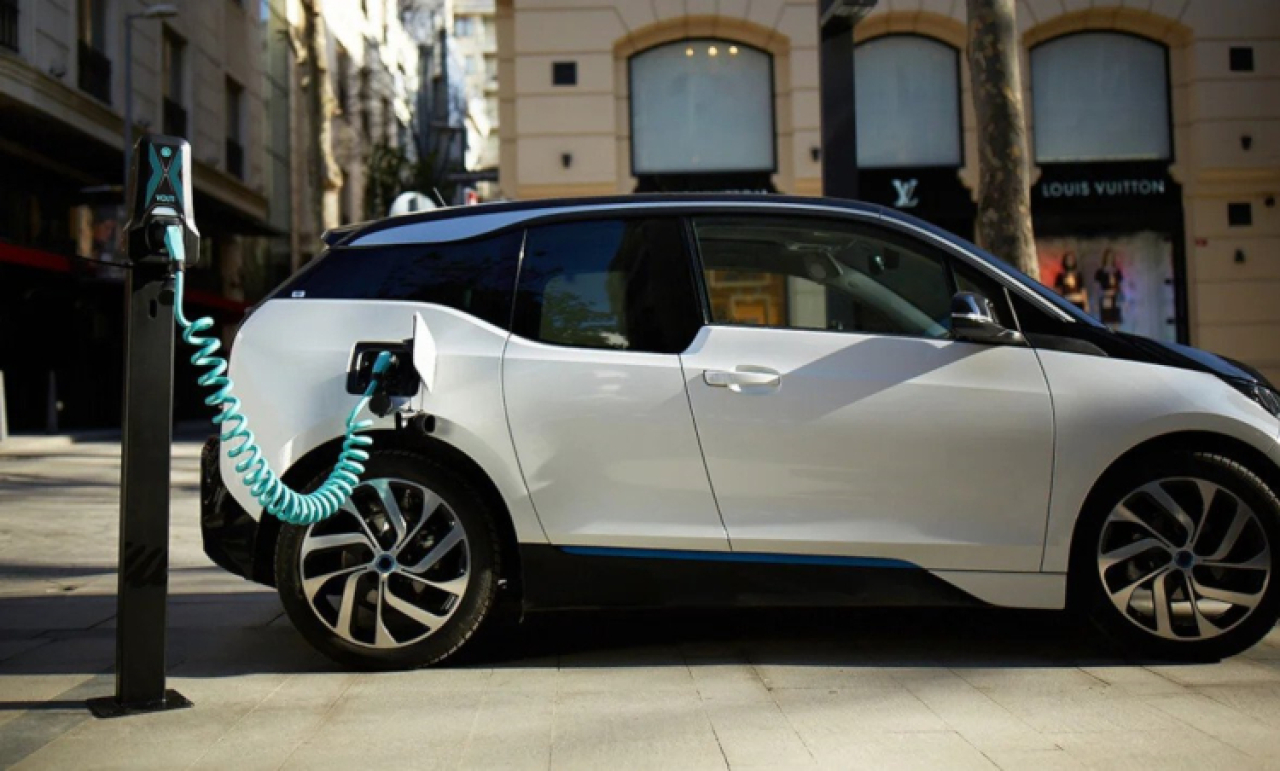Ever been in a situation where your smartphone cable doesn’t fit a friend’s charger port? Frustrating, isn’t it? Now, imagine that with your electric vehicle (EV). In a world rapidly shifting towards green energy, understanding the intricate world of EV charging cables is crucial for smooth sails—or rather, smooth drives. This comprehensive guide aims to untangle the jumbled landscape of EV charging cables, so you can keep your vehicle charged without breaking a sweat.
EV Charging Cable: The Lifeblood of Your Electric Vehicle
When you own an electric vehicle, the charging cable is not just an accessory; it's the lifeblood. Statistics show that there are approximately 1.4 million charging points globally as of 2021, but all those charging stations would be for naught without the right cable. Think of it as the key that unlocks a treasure chest of power for your car.
Types of EV Charging Cables: It's Not One Size Fits All
Nope, it's not just plug and play. There are a few key players in the game when it comes to types of EV charging cables:
Type 1: Primarily used in the USA, Japan, and a few other countries, it’s a single-phase plug that delivers up to 7.4 kW.
Type 2: This is the European standard and provides up to 22 kW, although some charging points can go even higher.
CHAdeMO: Mostly used in Nissan and Mitsubishi vehicles, it allows for fast DC charging up to 62.5 kW.
CCS (Combined Charging System): This allows for fast DC charging and can provide up to 350 kW.
Understanding these types can be the difference between a well-charged vehicle and a long wait at a non-compatible charging station.
Compatibility: Finding Your Charging Soulmate
You don’t want to be left stranded at a station that can’t serve you. Many EVs come with both Type 1 and Type 2 plugs, but what about CHAdeMO and CCS? Typically, you’ll find these plugs at fast charging stations. Make sure to double-check your vehicle's compatibility before setting off on a long journey. Many electric vehicles, such as the Tesla Model S, come with adaptors to ensure maximum compatibility.
Safety First: How to Handle Your EV Charging Cable Properly
Alright, listen up! While the process might seem simple, you should always take precautions:
Regular Inspection: Frayed cables can be dangerous. Make sure you inspect them regularly.
Clean Contacts: Keep the metal contacts clean to ensure optimal charging.
Follow Manufacturer Guidelines: Always refer to your vehicle's manual for any specific instructions.
Don’t Use Damaged Cables: If you notice any visible damage, replace the cable immediately.
Remember, your car’s well-being is in your hands!
Maintenance: Keeping Your Cable in Top Shape
Believe it or not, even something as simple as how you coil your cable can affect its lifespan. Avoid tightly coiling the cable, as this can lead to fraying or internal damage. Many EV owners opt for cable bags or dedicated storage units to keep their cables in pristine condition.
Wrapping Up: The Road Ahead
Look, you wouldn’t pour any old oil into a vintage muscle car, would you? The same care should be taken with your electric vehicle's charging cable. As the world of EVs continues to expand—expected to make up 10% of global vehicle sales by 2025—it’s clear that understanding your EV charging cable isn’t just optional; it’s essential.
So the next time you find yourself at a charging station, remember: it's not just a plug; it’s the gateway to an electrifying journey.
